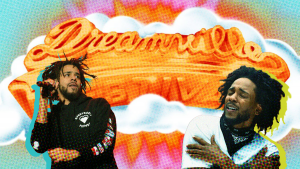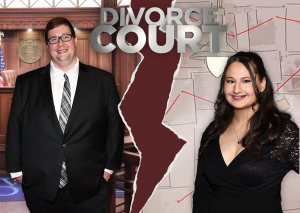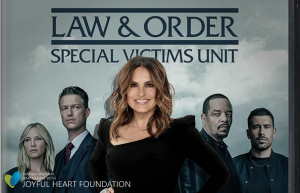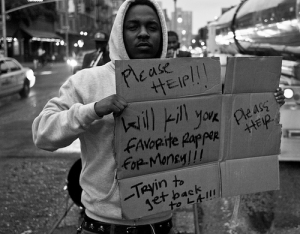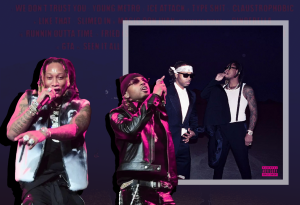The moral panic of the decades where horror had made some of its most radical changes was not coincidental.
In the early 1960s and the 1970s-1980s, the cynical nature of Americans had incited a struggle over the country’s ideals once again. The technological advances in atomic energy spawned movies dealing with monsters born from it or the hellish future it could produce.
In the ’60s, the Vietnam War incited a great level of cynicism on its own, as corporations were always seen as untrustworthy.
In face of all of these new evils and influences, Americans — especially religious ones — turned to spiritual values to ease tension. With this, horror as a genre realized that the best way to gain influence is to create tension on its own.
So when the prevailing cynicism cropping up in the era produces media that contains more violence and sex than ever before, it makes for a target to hone in on.
The “Satanic Panic” that ensued was emblematic of the fear that the horror movies of the time tried to create and achieve.
Horror movies used a physical threat to invoke fear, using reason against and to show the rationality of bygone eras failing to contend with modern problems. However, mentally these movies displayed cynicism by showing how nothing could shake the motives of these killers.
These films of the era executed their horror in different nuanced ways, but they all had one feature in common: a threat that could not be reasoned with, understood or sympathized with.
They were faced with the complete unknown.
Movies such as “The Exorcist” played with the fear of the occult and religious fervor while using the cynicism of the time to show how true, unshakeable faith can defeat evil influences.
Americans know all too well the concept of notorious serial killers lying in wait in the unsuspecting suburbs. Throughout American history, they have appeared with frightening reality and the slasher genre invaded homes.
“Halloween” didn’t feature any supernatural elements, but the language surrounding the movie is akin to describing Michael Myers as the devil incarnate. Slashers that followed in its wake took this to a greater degree by making them supernatural monsters that used gore and jump-scares to their advantage.
As time wore on, the unknown reared its face in the 1980s as Americans were unsure of how the Cold War would end, and nuclear weapons were still a real threat. The internet and other startling new technologies also cast the era into an uncertain future.
It didn’t matter to what degree a movie during this era had when it came to the occult or otherworldly. It was omnipresent and came in many forms. “Alien,” “The Thing” and other such films took this idea to the cosmos and tried to have their characters deal with new forms of the incomprehensible.
Nonetheless, horror treks on to new eras of creativity, but once in a while, the unknown will creep back in and that startling enigma will still be effective since you never know what lurks in the shadows.
